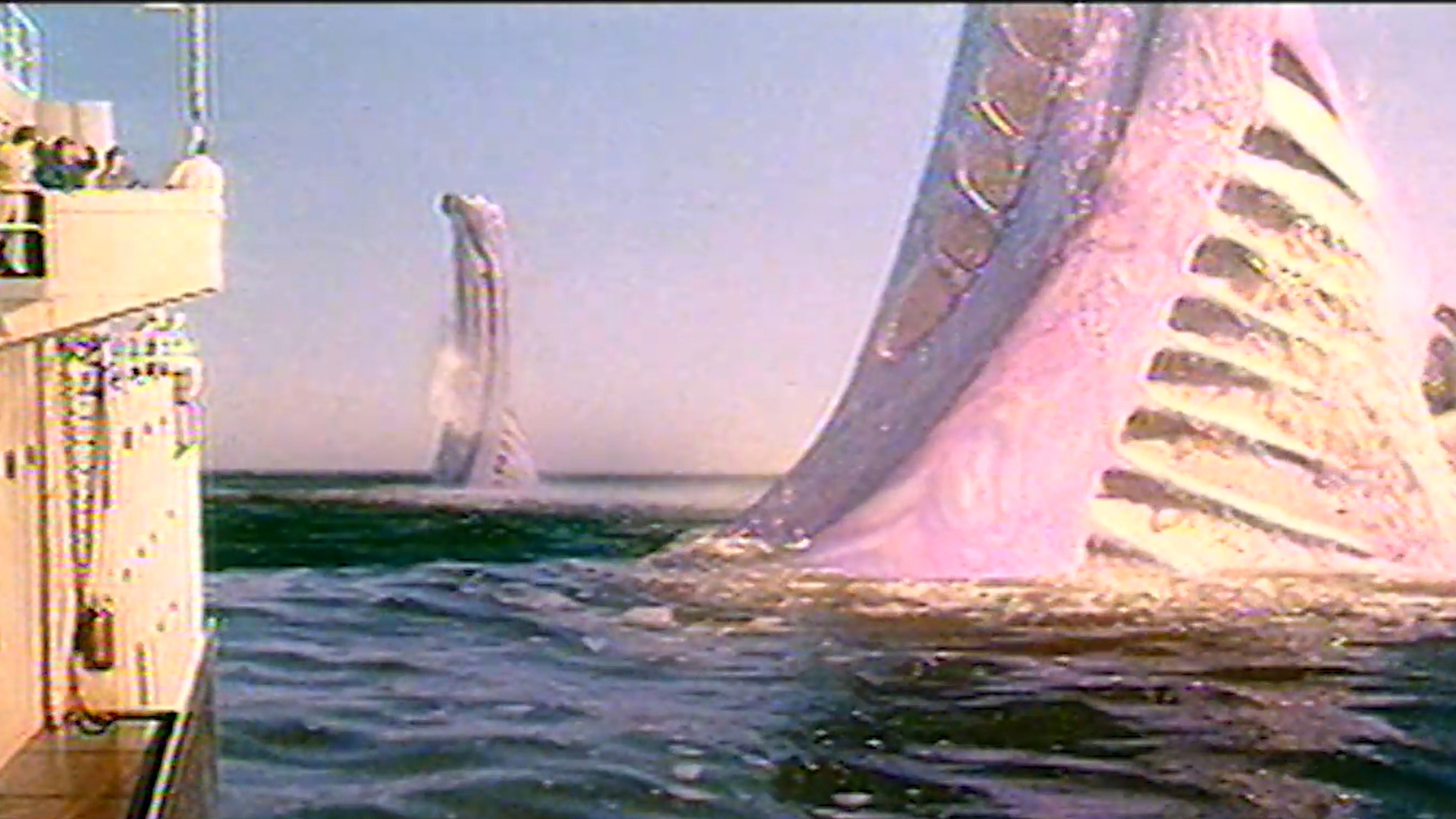Introduction to Miniature Effects
Miniature effects, also known as model effects, are a time-honored technique in filmmaking that involves using scaled-down models to create the illusion of larger structures or environments. This method, dating back to the early days of cinema, continues to captivate audiences with its tangible, detailed realism.
The History of Miniature Effects in Film
Miniature effects have been used in some of the most iconic films in history. Here’s a brief timeline of significant milestones:
- 1927 – “Metropolis”: Fritz Lang’s groundbreaking sci-fi film featured stunning cityscapes created with miniatures, setting a high standard for future productions.
- 1968 – “2001: A Space Odyssey”: Stanley Kubrick’s masterpiece showcased incredibly detailed spacecraft miniatures, raising the bar for sci-fi realism.
- 1977 – “Star Wars”: George Lucas revolutionized visual effects with detailed models of starships, making miniatures a staple in the franchise.
Advantages of Using Miniatures
Miniatures offer several advantages over purely digital effects:
- Realism: The physical presence of miniatures often provides a level of detail and authenticity that can be challenging to achieve with CGI alone.
- Cost-Effectiveness: Building and filming miniatures can be more economical than creating full-scale sets or extensive digital environments.
- Creative Control: Filmmakers have hands-on control over every aspect of the miniature, allowing for precise and creative detailing.
Christopher Lee Warren’s Expertise in Miniature Effects
Christopher Lee Warren has been at the forefront of using miniature effects in modern cinema. His contributions to this field include:
- “Underworld: Evolution” (2006): As the miniature director of photography, Christopher captured the intricate details of the gothic environments and action sequences.
- “Hellboy” (2004): His role as the director of miniature photography brought the fantastical elements of the film to life with remarkable realism.
- “Moonrise Kingdom” (2012): Although more known for its whimsical narrative, the film benefitted from Christopher’s expertise in miniatures, adding to its unique visual charm.
Techniques and Tools for Creating Miniatures
Creating effective miniatures involves a blend of art and technology. Key techniques include:
- Scale Modeling: Careful attention to scale ensures that miniatures look convincing when filmed up close or integrated with live-action footage.
- Material Selection: Using the right materials, from plastic and wood to foam and metal, can enhance the realism and durability of miniatures.
- Lighting and Filming: Proper lighting and cinematography are crucial to making miniatures appear lifelike on screen. Techniques such as forced perspective can further enhance the illusion.
Challenges and Solutions in Miniature Effects
Despite their advantages, miniatures also present challenges:
- Detail and Precision: Achieving high levels of detail can be time-consuming and requires skilled craftsmanship. Collaborating with experienced model makers can ensure top-quality results.
- Integration with Digital Effects: Combining miniatures with digital effects seamlessly requires careful planning and execution. Using motion control cameras and advanced compositing techniques can bridge this gap.
- Scalability: Creating large-scale environments or complex action sequences can be challenging with miniatures. Strategic use of digital enhancements can complement physical models.
Notable Films Featuring Miniature Effects
Several contemporary films have successfully used miniatures to great effect:
- “Inception” (2010): The rotating hallway fight scene was achieved using a combination of practical sets and miniature effects.
- “The Lord of the Rings” Trilogy (2001-2003): Peter Jackson’s epic series used miniatures, or “bigatures,” to create the vast landscapes and intricate details of Middle-earth.
- “Interstellar” (2014): Christopher Nolan’s film utilized miniatures for the spacecraft and space station scenes, enhancing the film’s realism.
The Future of Miniature Effects
The resurgence of interest in practical effects, including miniatures, is a testament to their enduring appeal. Advances in 3D printing and laser cutting are making it easier and more affordable to create detailed miniatures, expanding their use in both blockbuster and indie films.
Conclusion
Miniature effects continue to play a vital role in modern filmmaking, providing filmmakers with a versatile and cost-effective tool to create compelling visual narratives. At Blind Beagle VFX, we are passionate about the art and craft of miniatures, offering our expertise to bring your most ambitious visions to life. Whether you’re an indie filmmaker or a seasoned director, our team is ready to help you achieve stunning visual effects that leave a lasting impact.


